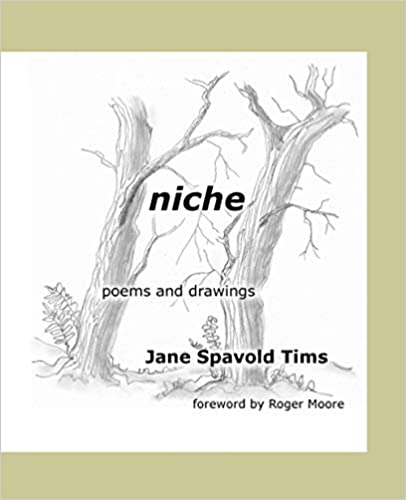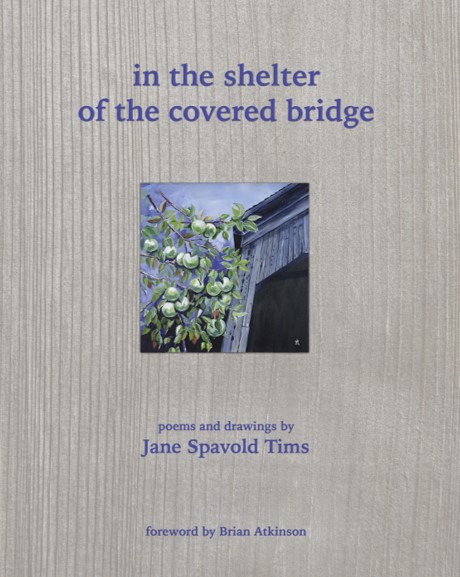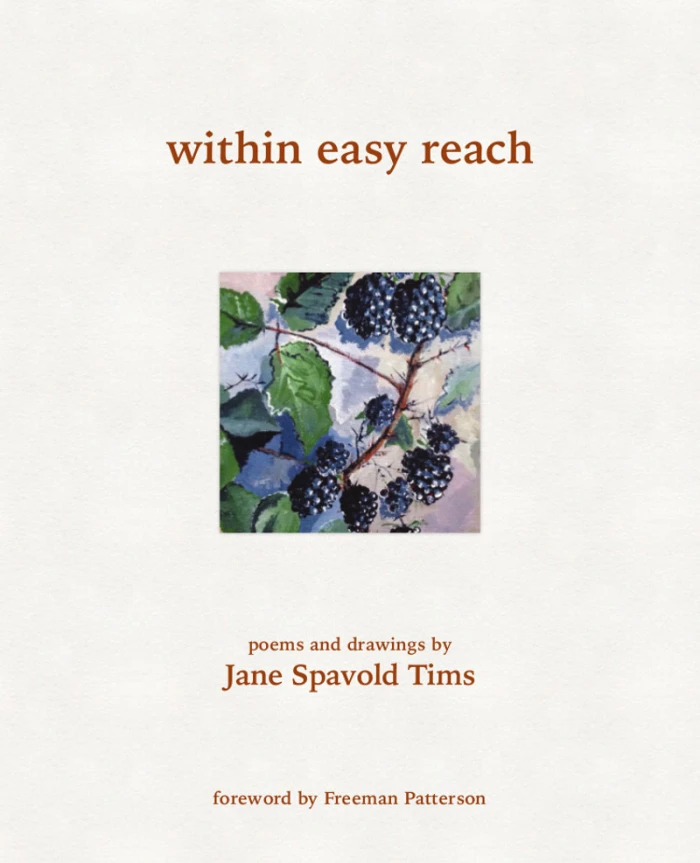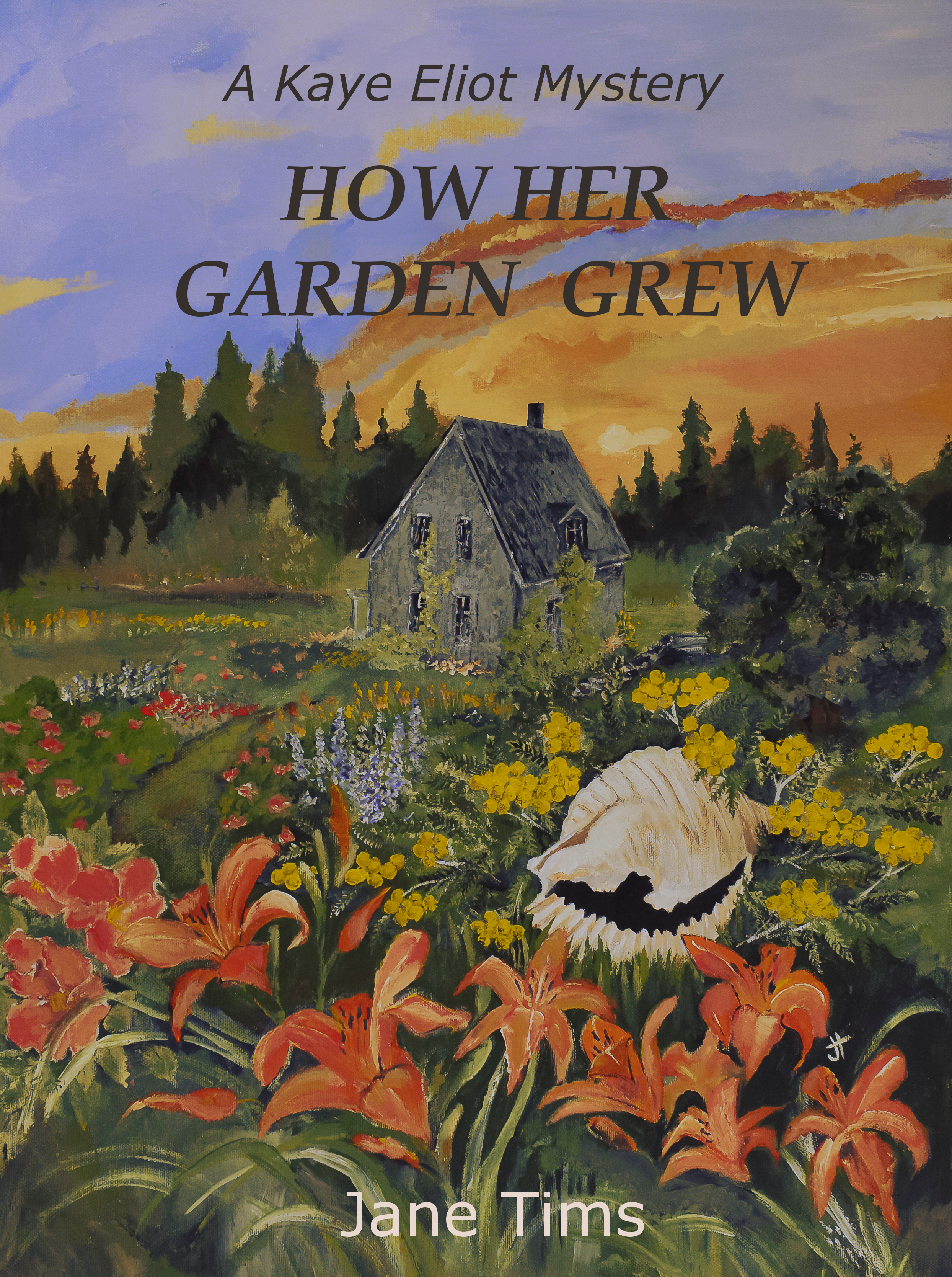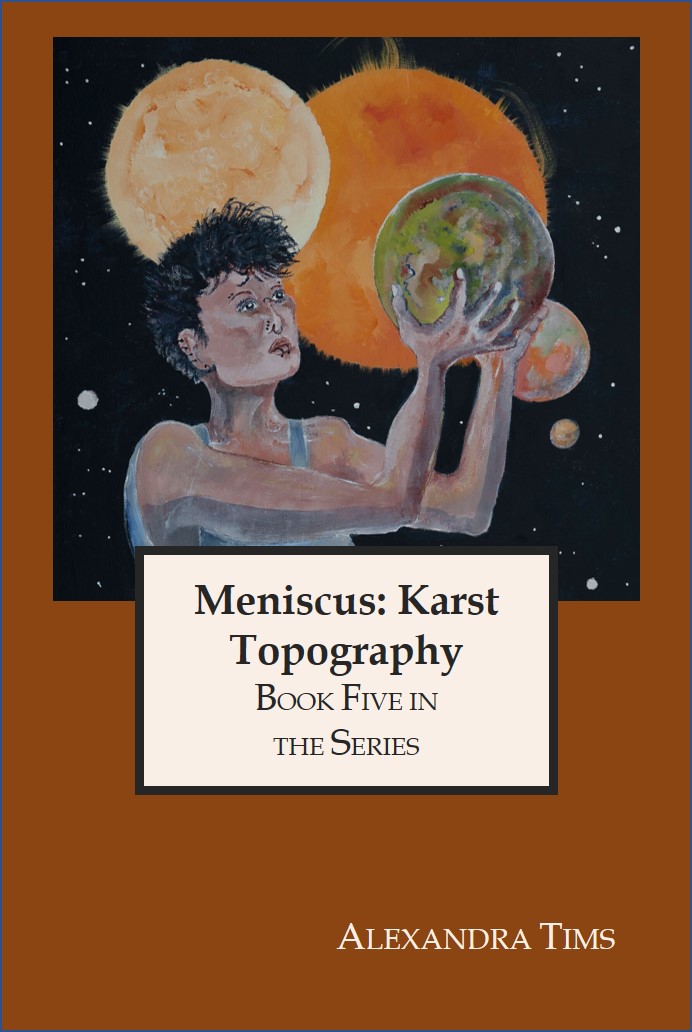Archive for the ‘poetry’ Category
new poetry book: ‘mnemonic’ …

Subscribe to continue reading
Subscribe to get access to the rest of this post and other subscriber-only content.
working on a poetry manuscript
This week, I am assembling a new poetry book in the ‘a glimpse of…’ series. The first two books, a glimpse of water fall and a glimpse of dragon gave readers a peek at some of the beautiful waterfalls in New Brunswick and the bits of magic in all our lives. A glimpse of sickle moon will explore the seasons in New Brunswick. The manuscript won Third Place in the 2020 New Brunswick Writers’ Federation Competition for the Alfred G. Bailey Prize.
~


~
The poetry book presents fifteen years of seasons, each presented as four poems about spring, summer, winter and fall. The poems about spring talk about floodwaters, under-story flowers and waking from hibernation. Summer poems tell about hurricanes, picking raspberries and sheep in the morning meadows. Fall poems explore first frost, wasp nests, fading flowers and ripening blackberries. And in winter–ice caves, snow drifts, walks in the falling snow and feeding birds.
~
~
I have struggled with how to present these poems. I thought of making each suite of four represent a year in my own life and entitling the section 1978, 1980, 1996, 2012 and so on. I thought about titling each section as a special year–‘The Year of the Path,’ ‘The Year of the Groundhog,’ and so on. I have finally settled on a title drawn from a common theme in the four poems presented–‘paths through tangled woods,’ ‘where shadows meet,’ and ‘a sliver from full.’
~

~
For the cover, I will create a painting of the crescent moon, seen through the branches of birch trees. The image below is a facsimile.
~

~
All my best as you work on your own project.
Jane
coat hanger
~
My most recent poetry book, a glimpse of dragon, includes several poems about the mystery and magic of the night sky. One of the most interesting star groupings I have seen is Collinder 399, also known as Brocchi’s Coathanger. Its ten stars look a lot like a little upside-down coat hanger. The grouping is not a true star cluster or constellation, but is considered an asterism — just a random pattern of stars. To see the asterism, you need a dark, summer sky. Find the Summer Triangle (the triangle created by Altair, Vega and Deneb) and Collinder 399 is near the line between Vega and Altair. On my back deck, it can be found by facing south, and looking along the roof ridge of our house, so I can always find it at the right time of year.
~

(Source: Wikimedia Commons, Petr Novak)
~
Here is a poem about the asterism from a glimpse of dragon:
~
coat hangers
~
1.
metal hangers aggravate
refuse to cooperate
they are
jangled, tangled
twisted
~
2.
her closet has
grace
padded satin hangers
plumped
muffled
kind to arthritic hands
pearl buttons to keep
her dresses from slipping to the floor
~
3.
Brocchis’ Coathanger Cluster
between Altair and Vega –
with binoculars
this fuzzy patch of light resolves
to ten splendid stars
~
suspends the fabric of sky –
a strong little hanger
with an oversized hook
upside-down
~
~
To get a copy of a glimpse of dragon, take a trip to Westminster Books in Fredericton, or order from Amazon https://www.amazon.ca/glimpse-dragon-Jane-Spavold-Tims/dp/B09M5KYBS3.
~
Hurry up summer sky!
All my best
Jane
a glimpse of water fall
If you love the sound of water falling, the sparkle of water in sunshine, the feel of water beating at the back of your hand, you probably love waterfalls.
Most people know at least one waterfall. A place to go to cool off on a summer day, or to admire sculpted water in the midst of frozen winter. A place to drown the senses, to still … thoughts.
Waterfalls are musical, magical, calming and exciting at the same time. They are soothing yet, in their own way, are a violent interaction of land and water, water and land … sometimes a metaphor for a dramatic shift in the course of a life…
My seventh book of poetry honours the waterfall. It includes poetry written about various waterfalls in New Brunswick and drawings of several of these waterfalls. The manuscript won Honorable Mention in the Writers’ Federation of New Brunswick writing competition for the 2012 Alfred G. Bailey Prize for a poetry manuscript.
‘a glimpse of water fall’ is the first in a poetry series called ‘a glimpse of.’ Later this year, I will publish ‘a glimpse of dragons’ and ‘a glimpse of sickle moon.’ This latter manuscript won Third Place in the competition for the 2020 Alfred G. Bailey Prize.
‘a glimpse of water fall’ is available in paperback from Amazon. Just click here. It will soon be available from Westminster Books in Fredericton.
~
Here is a sample from the book:
crescendo
Little Sheephouse Falls
~
still
silence
partridge-berry vine
cascades over granite, padding
of feet on pine needles, whisper of wind
rustle in branches of conifer, music of riffle,
incessant patter of falling water on fractured slate
builds to din and rumble of rolling thunder confined
~
Little Sheephouse
on its way to Sevogle
~

~
All my best,
Jane
Niche: new poetry book
Early this year, I set a goal, to pull my poems into a series of books. I have written many poems and I do not want them to be lost when I leave this planet.
~

~
The result is three poetry books I intend to publish in 2020. So far this year I have published one of the three: ghosts are lonely here. Today, I completed another of the books, niche. It will be available on Amazon by the weekend. I will have copies by mid-January.
~

~
In terms of biology, the niche is the quality of a space occupied by a living thing, the sum total of physical, nutritional, biological, psychological and emotional needs gathered together in one place. In human terms, niche can be a metaphor for home, community or personal space. One way of looking at the timeline of life is to think of it as a sequence of niche-spaces lived in, sought after, avoided, encountered, found, or occupied.
These are poems about niche—the spaces where plants, animals and humans find home. The poems explore the niche spaces found primarily in Canada’s temperate zone where plants and animals have adapted to ecologies with a strong seasonal component. The poems explore the forests and coastal areas of New Brunswick and Nova Scotia, and the prairies of Alberta.
As you read the poems, you may think about your own niche, its origins and the changes that have occurred.
~

~
My poetry book niche has a Foreword, written by my good friend Roger Moore (not the spy). Roger has guided and inspired my writing as a friend and teacher for more than 20 years.
~
The book is illustrated with my drawings.
~

~
The next book in the series will be entitled ‘blueberries and mink: summers on my grandfathers farm.’ It should be published by the end of 2020.
~
All my best,
Jane
scraps of paper
Occasionally I tackle a stack of stray papers. These are usually bits saved years ago, once thought important. Sometimes I find a scrap of poetry among receipts and old letters. Poetry scribbled when an idea occurs, on any scrap within reach.
~

~
This week I found a draft poem about following rules and the evidence left behind by bad behavior. I have always loved picking blackberries, so it is no surprise to me that picking blackberries was used as a metaphor in the poem.
~
~
~
defiance
~
no denying
the evidence —
pulled threads
and stained fingers
~
one drupe
with all its packets
could never mark
so well, each finger
~
rolled across the page
indigo tongue
and purple lips, words
blackberry-spoken
~
the rule — never take
the path through woods
stick to the road, resist
blueberries, blackberries
~
avoid the risk
of bears and brambles
hints of danger
in faerie tales
~
~

~
Last spring I spent time pulling together some of my many poems into three upcoming books of poetry. This poem will fit well into my manuscript titled ‘niche,’ poems about the spaces plants, animals and people occupy.
~
All my best!
Follow the rules of social distancing!
Stay safe!
Jane
~
ghosts are lonely here ….. new poetry collection
This spring, I began to gather together the various poems I have written over the years. One of my recurring interests has been abandoned buildings and other discarded human-built structures. And now, here is my book of poems about abandoned humanscape … ghosts are lonely here.
~
My book is available in paperback and includes 45 poems and 14 of my original pencil drawings. Most of the poems are about abandoned structures in New Brunswick, Canada.
~

~
We live in a time when built landscape is often in a state of abandonment: old churches, old bridges, old schools, old buildings. Add to this abandoned vehicles, abandoned boats and deteriorating stone walls, over-grown roads and decommissioned rail lines, and we exist in a landfill of nineteenth and twentieth century projects, abandoned to time. These poems listen to the histories and stories of the abandoned. The poems are sometimes sad, sometimes resentful, always wise.
~

~

~
To order ghosts are lonely here, click here.
~
Have a great day.
Jane
garden escapes: where did they come from?
When I find a plant in a ditch or roadside where it has no business to be, I wonder how it got there. Of course, the mechanism is usually plain. Some plants have arrived by seed, others by horizontal roots. But how did they get into the garden if that is where they came from?
~
This weekend, we found three plants which made me wonder how they arrived in the community where they now grew: bouncing-Bett (Saponaria officinalis), white sage (Artemesia ludovinciana) and harebell (Campanula rotundifolia).
~

~
Where did they come from?
~

bouncing-Bett (Saponaria officinalis)
~
bouncing-Bett, common soapwort
Saponaria officinalis
~
pink blur along the road
fills the ditches
perhaps she loved colour
or needed mild soap
to wash delicates
gloves sullied in the garden
~

white sage (Artemesia ludovinciana)
~
white sage
Artemisia ludovinciana
~
hugs the edge of the road
a slash of silver
in a matrix of green
perhaps he sought
smoke and smoulder
sacred odour of the smudge
~

harebell (Campanula rotundifolia)
~
harebell
Campanula rotundifolia
~
in the margins of the road
harebell catches
found among the grasses
perhaps they wished to play
dress-up with lady’s thimbles
reminded them of home
~
~
Be safe, wear your mask.
All my best,
Jane
garden escapes: having fun
I have been working at my garden escapes project for almost a month now. Many of the poems are simple free verse, usually evenly divided in stanzas of four to seven lines, often consisting of regular numbers of syllables. I have also tried some other forms, the pantoum and the ghazal. And most fun of all, for a few poems, I have tried shape poems, using the lines of the poem to create shapes reflective of the subject matter.
~

~

~
Here is a poem that goes a step further. The shape shows the shape of lupins growing in the ditch; the colours are the colours of the flowers.
~

~

~
And, a poem about chokecherries, in the shape of the hanging blossoms or berries.
~

~

~
I will continue to work with these, perhaps aiming to make the poem read sensibly no matter which way you approach it.
I’d appreciate any comments, positive or negative!
~
This work was made possible by a Creations Grant from artsnb!
~
All my best,
doing my best to stay in my shape,
Jane
Rebecca

Rebecca
~
in black
Gothic
advances
down the middle
of the street
oblivious to traffic
~
dark mists
and Avalon
the perfect rupture of sky
~
from her fingers
black threads
spin skirt
and widow’s weeds
~
black painted nails
blackened sockets of eye
her lips black also
from a feast of berries
~
~
All my best.
Jane









